‘What have you learned from your audience feedback?’
In order to prepare for Evaluation Question 3, you will need to do a final evaluation of your products based on some summative feedback from an audience.
You will need to focus on the following areas:
|
Linked / embedded into the questionnaire will be the products for the audience to consume and respond to.
To complete this, you must work with your group to set up a questionnaire of 10 questions in Google Forms.
Each class will then send it to your allocated media students (see this list for who to send it to) in other classes, so that you will get at least 10 responses. However, you should also circulate the questionnaire to some target audience members too, in order to get 10 responses.
This means that you will all have to spend regular time checking your gmail and helping your peers out by filling in their submissions.
The results can then be collated and summarised in your response.
Task 1:
Brainstorm 10 suitable questions with your group. You will need to get a variety of question types and in particular, include some that will encourage the audience to describe their responses and reactions using adjectives (perhaps give them a choice of adjectives including ones that encompass a negotiated or oppositional reading).
Task 2:
Set up Google forms.
Distribute to your allocated recipients plus others you can think of.
Task 3:
After 1 week, collate the responses.
Task 4:
Use the results, along with your ongoing feedback to respond to Evaluation Question 3, details of which to come later.
This is a link to a questionnaire from last year – not necessarily brilliant but an idea of how you should structure it.
These are some possible questions:
- What genre do you think is communicated by the front cover of the DP – pop, rock, reggae, ska
- What aspects of the narrative make you want to watch the video again?
- What 3 adjectives describe the star image of the lead singer? (give a choice perhaps using a semantic differential scale)
- What themes are included in the narrative? (give a choice of binary oppositions – conflict pairs)
- Do you understand the narrative? (Short response)
- How conventional is the performance section – MES, location, performance style, editing, filters etc?
This must be done ASAP so that you have time to get responses – WHICH IS WHY YOU NEED YOUR FINAL PRODUCTS.
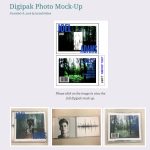
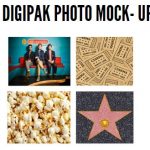
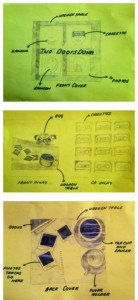
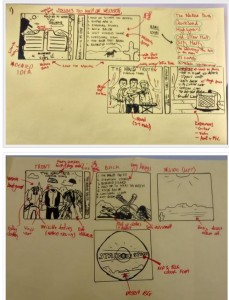

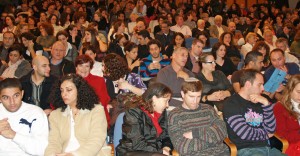 , if you don’t understand your target audience and their preferences your music video will not be a commercial success.
, if you don’t understand your target audience and their preferences your music video will not be a commercial success.